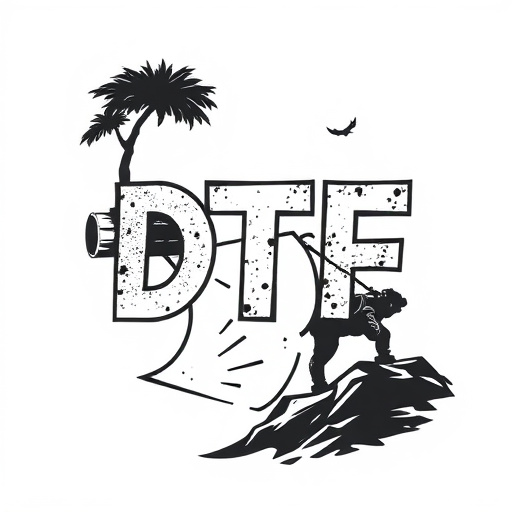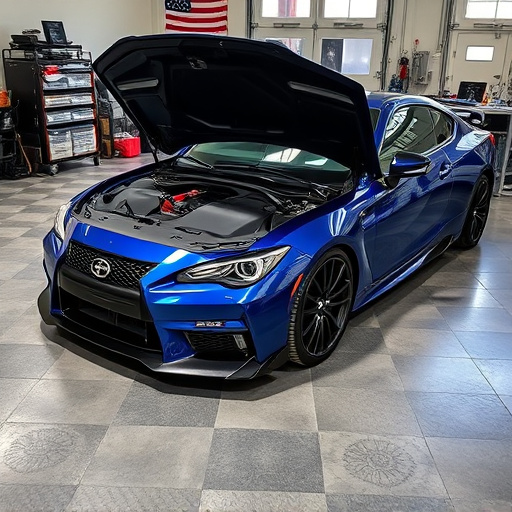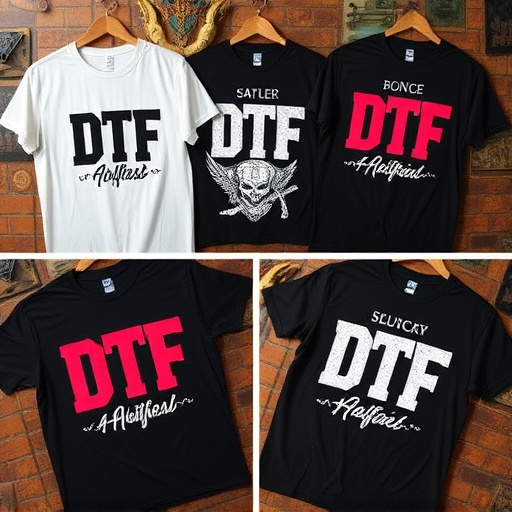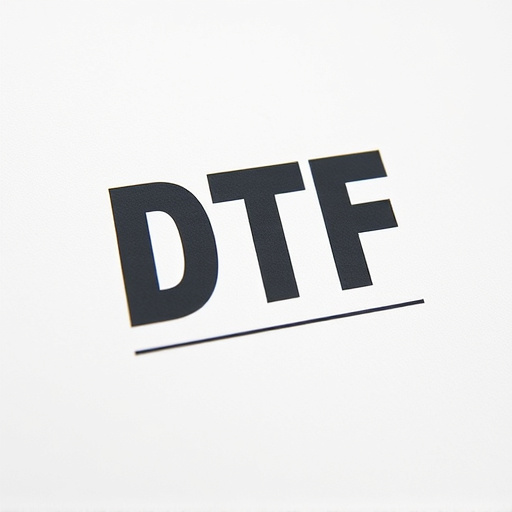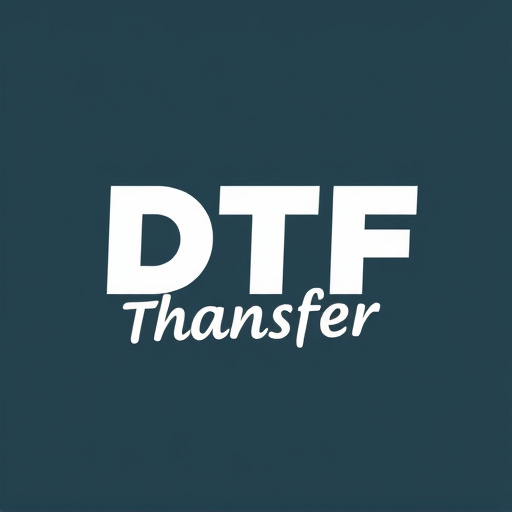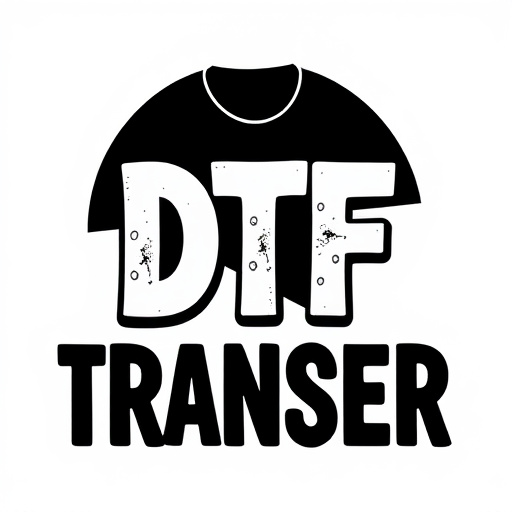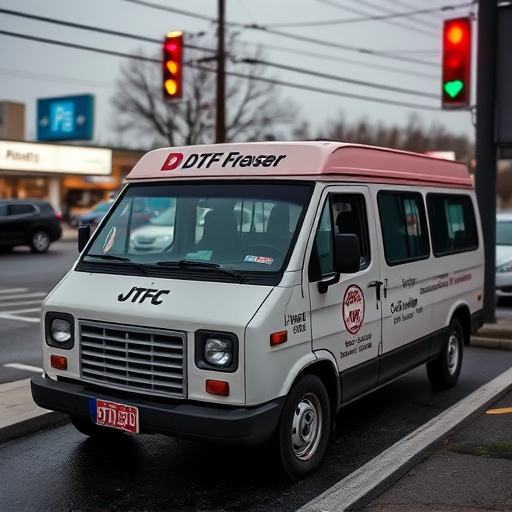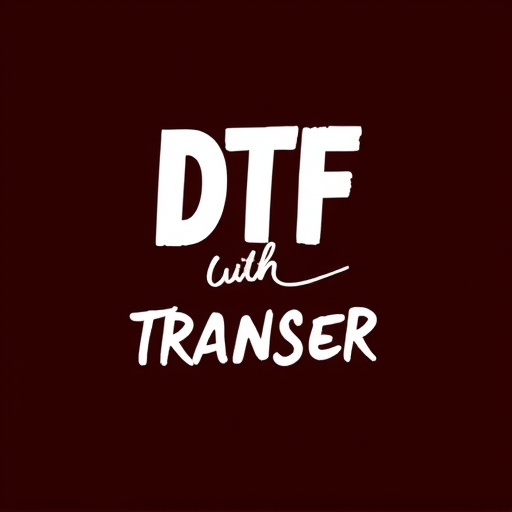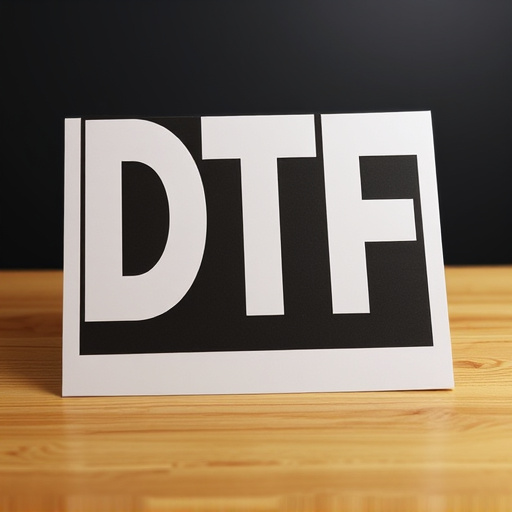DTF (Direct-to-Film) Printing is a cutting-edge technology transforming the printing industry by offering a seamless, efficient process for intricate designs on diverse materials. Outpacing traditional screen printing in speed and cost-effectiveness, DTF Printing is ideal for short-run productions and custom designs, while traditional screen printing remains favored for larger production runs requiring longevity and initial cost-effectiveness. Together, these methods cater to distinct needs, with DTF revolutionizing personalized items like apparel and packaging, while traditional screen printing excels in bulk orders of durable goods like signage and ceramics.
In the ever-evolving landscape of printing technologies, Direct-to-Film (DTF) printing has emerged as a game-changer, challenging the long-standing dominance of traditional screen printing. This article delves into the competitive world of print methods by comparing DTF with its conventional counterpart. From efficiency and quality to environmental considerations, we explore the advantages and limitations of each, providing insights for informed decisions in diverse applications.
- Understanding Direct-to-Film (DTF) Printing: An Overview
- Traditional Screen Printing: The Conventional Method
- Advantages of DTF Printing: Efficiency and Quality
- Limitations of Traditional Screen Printing: Time and Cost
- Applications and Use Cases for Each Method
- Environmental Impact: A Comparison
Understanding Direct-to-Film (DTF) Printing: An Overview
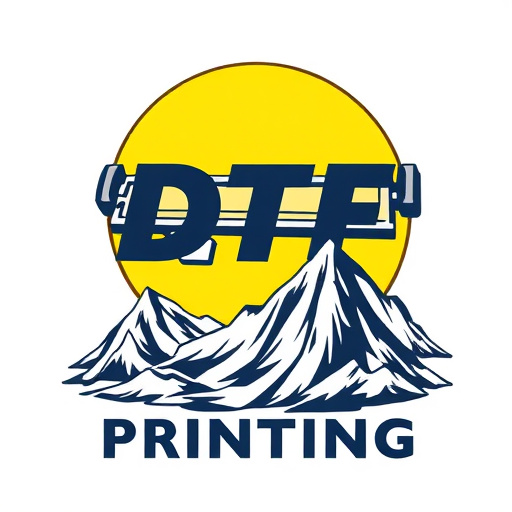
Traditional Screen Printing: The Conventional Method
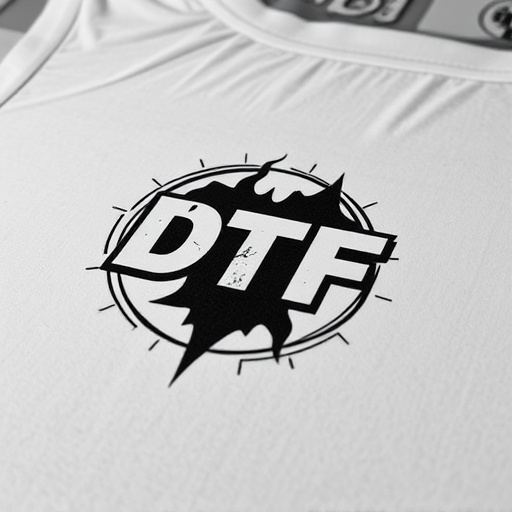
Traditional screen printing has long been the conventional method for creating prints and graphics on various surfaces, from fabrics to paper. This process involves setting up a frame with a fine mesh or screen, stretched tightly over it. An emulsion-based stencil is then created by blocking off specific areas of the screen, determining what will be printed. After the stencil is made, ink is forced through the open sections of the screen onto the substrate below, creating the desired design. This method is known for its precision and versatility, allowing for detailed prints on a diverse range of materials. It’s widely used in various industries, from apparel to signage, as it offers excellent color accuracy and durability.
In contrast, Direct-to-Film (DTF) printing has emerged as a modern alternative, streamlining the printing process in some ways. DTF utilizes digital printing technology, where ink is directly applied to the substrate without the intermediate step of a screen. This method is particularly popular for short-run or on-demand printing, as it’s faster and more efficient than traditional screen printing, especially for smaller orders or unique designs. While DTF offers convenience and speed, traditional screen printing remains a preferred choice for larger production runs due to its longevity and cost-effectiveness when set up initially.
Advantages of DTF Printing: Efficiency and Quality
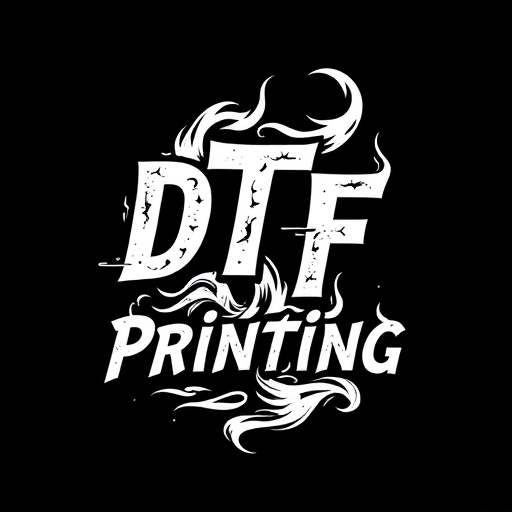
Limitations of Traditional Screen Printing: Time and Cost
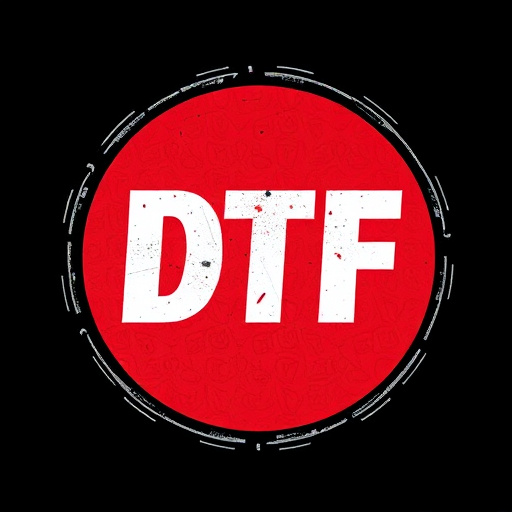
Traditional screen printing, while a tried-and-tested method for many years, comes with its fair share of limitations, especially when compared to modern alternatives like DTF (Direct-to-Film) printing. One of the most significant drawbacks is the time-consuming nature of the process. From setting up individual screens for each design to the meticulous application of ink, traditional screen printing can take days or even weeks for large-scale projects. This lengthy timeline translates into higher production costs due to labor and equipment expenses.
Additionally, the cost of consumables such as screens, inks, and mesh materials adds up quickly. Every print requires a new screen, and intricate designs may necessitate multiple screens, making it an expensive endeavor. DTF printing, in contrast, offers a more efficient and cost-effective solution by eliminating many of these overhead costs associated with traditional methods.
Applications and Use Cases for Each Method
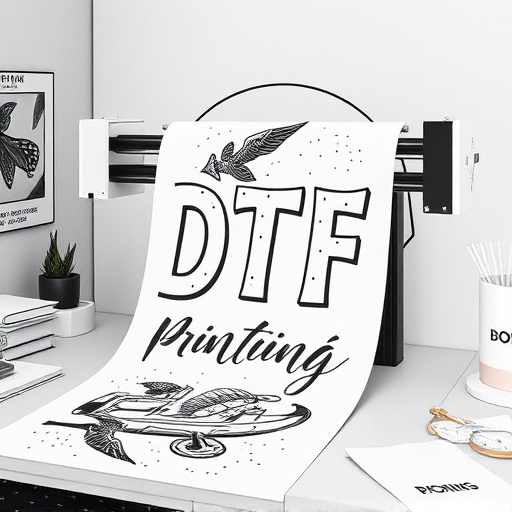
Direct-to-film (DTF) printing and traditional screen printing each have distinct applications based on their unique properties. DTF is a digital printing method that directly prints onto various materials, including fabric, paper, and plastics. Its versatility makes it ideal for short-run productions, custom designs, and personalized items like t-shirts, posters, and packaging. Online businesses and small enterprises often opt for DTF due to its fast turnaround time and ability to handle complex artwork with vibrant colors.
Traditional screen printing, while requiring a more labor-intensive setup, is highly effective for bulk orders and repetitive designs. It involves creating a stencil on a fine mesh, which allows ink to pass through specific areas to print onto the substrate below. This method is commonly used in manufacturing, promotional merchandise, and even fine art printing. Its durability and ability to produce crisp, clear images make it suitable for durable goods like clothing lines, signage, and ceramics.
Environmental Impact: A Comparison
